
Getty Images
As the cardiology community commemorates the importance of heart health on World Heart Day, Sept. 29, here’s a quick look back in heart history at four individuals who earned their place in the National Inventors Hall of Fame.
Four inventors have been heralded for their contribution to medicine, specifically for their work on supporting cardiovascular health. National Inventors Hall of Fame Inductees James Sprague, Frederick Novello, Karl Beyer and John Baer — all inducted in 2019 — earn special recognition on World Heart Day, for the development of thiazide diuretics (chlorothiazide) which evolved into, and remain, an important component of cardiovascular health.
We’re celebrating these groundbreaking inventors on World Heart Day by sharing their story. Here’s a snapshot summary of each, with interesting background on their lives and the contributions to cardiovascular health in treating hypertension with diuretics.
During the 1950s, biochemist Sprague worked with fellow organic chemist Novello, as well as pharmacologists Beyer and Baer, to develop thiazide diuretics (chlorothiazide). The thiazide diuretics created by this team were the first class of drugs to safely and effectively treat hypertension.
About Chlorothiazide
Chlorothiazide was introduced in 1958, when heart disease was the leading cause of death in the United States. At that time, millions of Americans suffered from some form of hypertension. By 1959, the American Heart Association (AHA) and the National Institutes of Health (NIH) reported declining death rates resulting from cardiac events, which they partly attributed to the new thiazide antihypertensives.
Previously, the only effective medications for treating hypertension were intravenous and intramuscular mercurial agents; both were difficult to use and featured toxic side effects. Chlorothiazide was a safe and effective alternative.
Chlorothiazide, the first diuretic to inhibit the reabsorption of sodium and chloride ions in the kidneys and increase urine production without upsetting electrolyte balance, was a safe and effective alternative.
As early as 1959, the AHA and the NIH reported declining death rates resulting from cardiac events, which they partly attributed to the new thiazide antihypertensives.
In 1967, a landmark study of Veterans Administration patients with high blood pressure showed that thiazides dramatically reduced cardiovascular events, hospitalization, and sudden death.
Today, thiazide diuretics remain a first-line treatment for high blood pressure and related heart problems, and to decrease edema. They are often used in combination with drugs from other classes to combat hypertension.
James Sprague (1909-2000)
US Patent No. 3,097,204
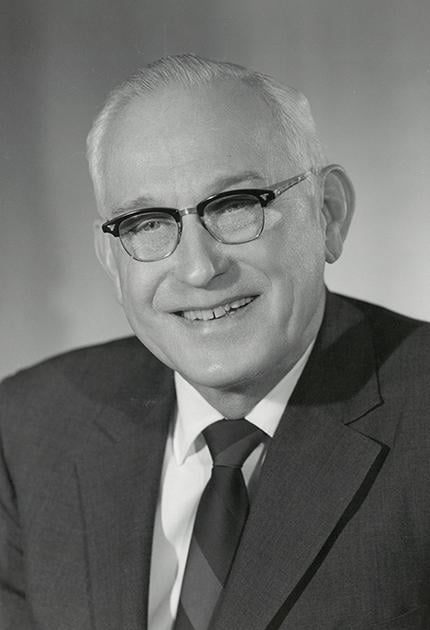
Biochemist James Sprague was a member of the Merck Sharp & Dohme Research Laboratories team that pioneered thiazide diuretics during the 1950s. He joined Sharpe & Dohme in 1937, then continued at Merck Sharpe & Dohme after the companies merged — where he developed chlorothiazide with fellow organic chemist Frederick Novello and pharmacologists Karl Beyer and John Baer.
Sprague was recognized for directing the chemical search for sulfa compounds that promote the excretion of body salt. Besides thiazide diuretics, Sprague made other important discoveries in the area of sulfa drugs, helping to develop benemid, a treatment for gout.
Named on 53 patents, Sprague received a bachelor’s degree from Franklin College and a doctorate in organic chemistry from the University of Wisconsin-Madison.
Frederick Novello (1916-1986)
US Patent No. 2,809,194
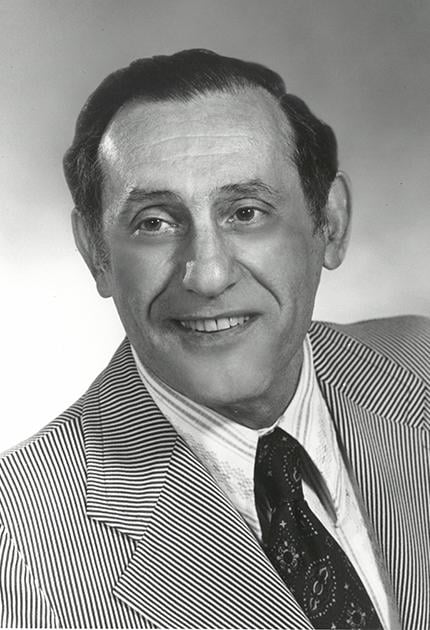
In 1943, scientist Frederick Novello embarked on a 38-year career with Merck Sharp & Dohme, working on compounds for the development of new drugs as a senior investigator in the medicinal chemistry department. The invention of thiazide diuretics was one of his key achievements — in collaboration with fellow organic chemist James Sprague and pharmacologists John Baer and Karl Beyer.
Novello was recognized for being the first to synthesize chlorothiazide.
A graduate of Harvard University for his bachelor’s, master’s and foctoral degrees, Novello held 64 patents.
Karl Beyer (1914-1996)
US Patent No. 2,789,938
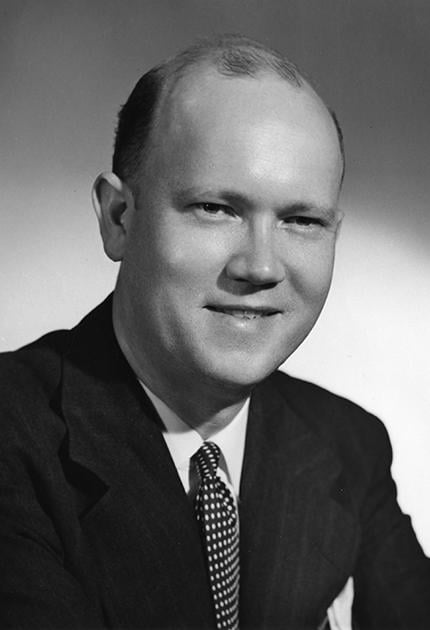
During 40 years of pharmaceutical research, Karl Beyer led teams that pioneered new classes of drugs. In 1942, Beyer joined Sharpe & Dohme, which merged in 1953 with Merck. Beyer then became president of the Merck Institute of Therapeutic Research — and eventually senior vice president of research for Merck & Co. — where he rejected the traditional model of discovering drugs by chance and instead promoted drug discovery by a laboratory team.
Chief among Beyer’s accomplishments was the creation of thiazide diuretics, the first class of drugs to safely and effectively treat hypertension, developed with the Merck Sharp & Dohme Research Laboratories team of fellow pharmacologist John Baer, and organic chemists James Sprague and Frederick Novello.
When chlorothiazide was introduced in 1958, heart disease was the leading cause of death in the United States, with millions of Americans suffering from some form of hypertension. Chlorothiazide, a safe and effective alternative to existing medications, was the first diuretic to inhibit reabsorption of sodium and chloride ions in the kidneys and increase urine production without upsetting electrolyte balance.
Beyer also developed probenecid, the first effective therapy for gout. Beyer’s discovery of a method of inhibiting reabsorption of uric acid from the kidneys offered relief from the pain of gout disease.
Beyer graduated from Western Kentucky State College (now Western Kentucky University) with a bachelor’s in chemistry and biology. He earned his Master of Arts degree and doctorate in medicine and physiology from the University of Wisconsin-Madison.
John Baer (1917-2003)
US Patent No. 3,476,858
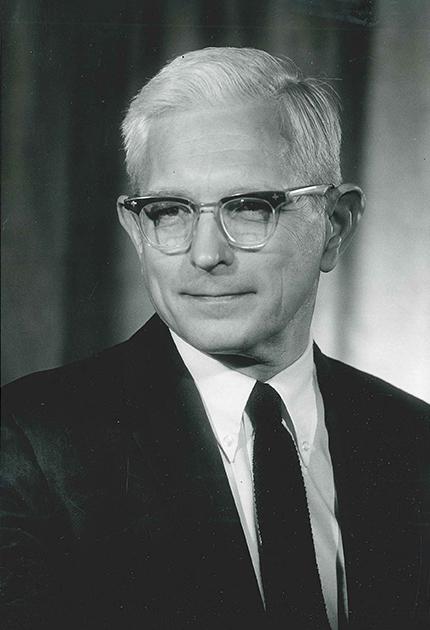
In 1951, pharmacologist John Baer joined Sharpe & Dohme — soon to become Merck Sharpe & Dohme — and became part of a research team that would revolutionize the treatment of hypertension. Together with fellow pharmacologist Karl Beyer and organic chemists James Sprague and Frederick Novello, Baer helped develop thiazide diuretics, the first class of drugs to safely and effectively treat hypertension.
Heart disease was the leading cause of death in the United States in 1958, the year chlorothiazide was introduced. Until then, the only effective medications for millions of Americans suffering various forms of hypertension were intravenous and intramuscular agents containing mercury that were both difficult to administer and toxic. Chlorothiazide was a safe and desirable alternative: the first diuretic to inhibit the reabsorption of sodium and chloride ions in the kidney and increase urine production without upsetting electrolyte balance in the human body.
Baer graduated from Swarthmore College with a bachelor of science degree in chemistry and earned his master’s and doctoral degrees in organic chemistry from the University of Pennsylvania. He worked as a chemist at New York University, taught chemistry at Haverford College, and served as assistant professor at Carleton College in Minnesota before joining Sharpe & Dohme.
Baer became a Fellow of the American Association for the Advancement of Science (AAAS) in 1966.
Notably, in 1975, Beyer, Sprague, Baer and Novello all also received the Lasker Foundation Special Public Health Award in 1975 for their contributions to the invention of thiazide diuretics.
Gratitude is owed to the National Inventors Hall of Fame for the historical information, for sharing their stories, and, by applauding their impactful work, empowering the next generation of inventors and healthcare pioneers. The National Inventors Hall of Fame (NIHF) https://www.invent.org/ headquarters is located in North Canton, OH, and the National Hall of Fame Museum is located in Alexandria, Va.

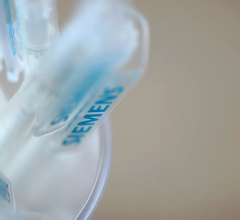
 November 14, 2025
November 14, 2025 









